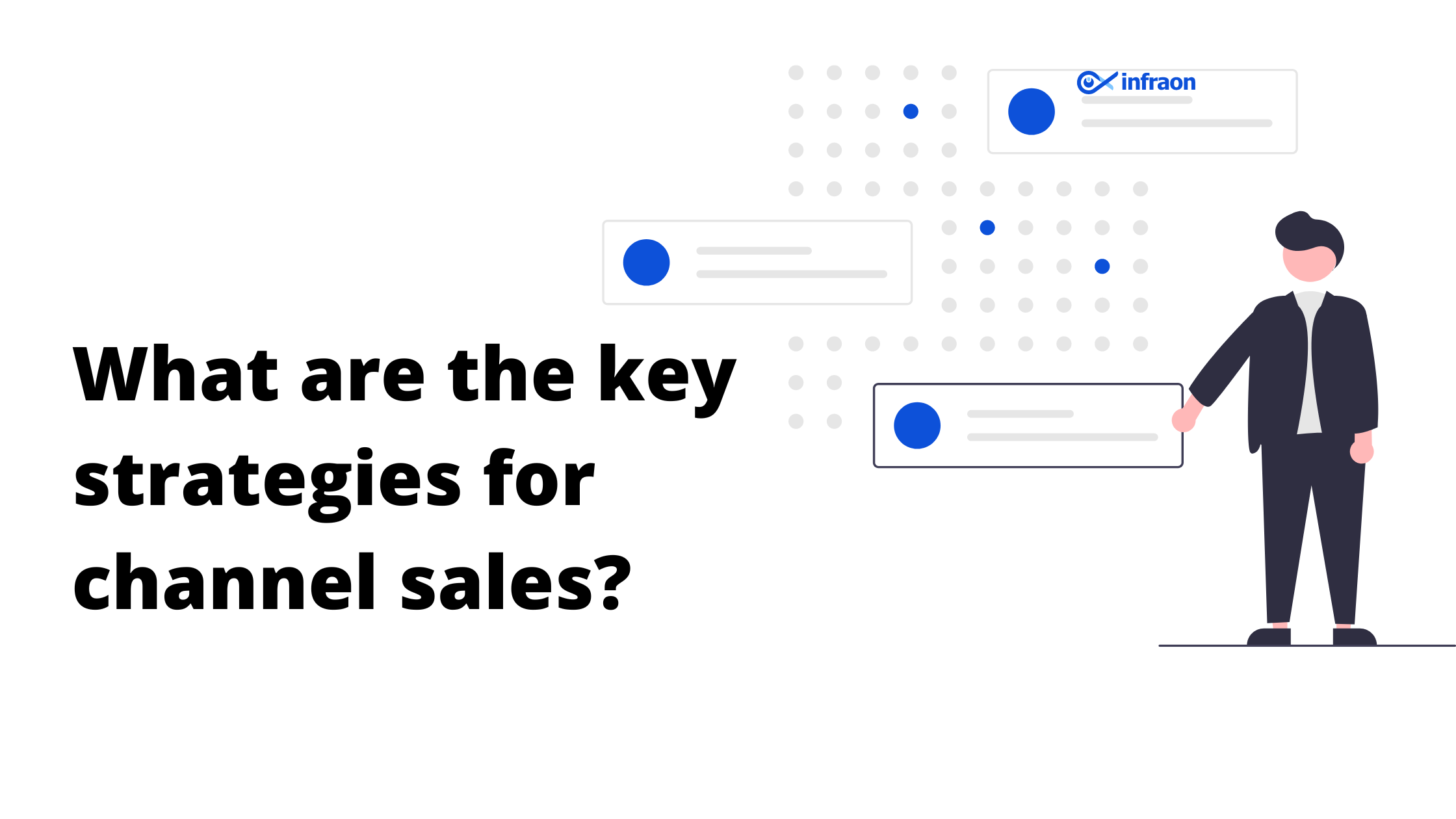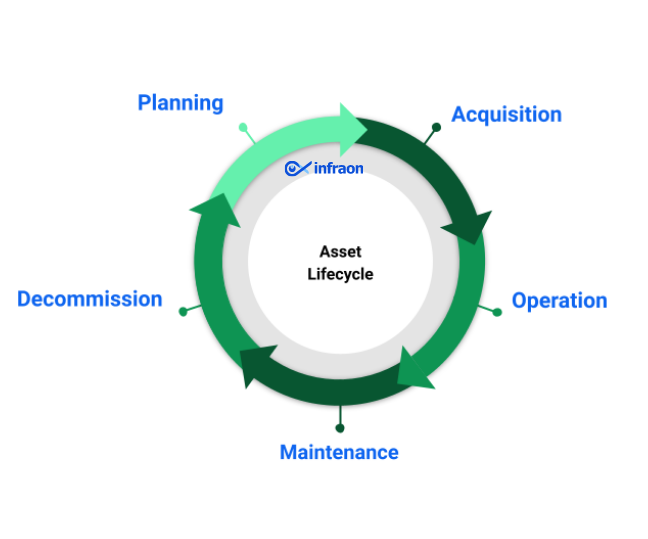In today’s Geo Economics and a truly globalized world, it has become easier for products and services to reach consumers and industry alike. To reach the customers and consumers directly can be expensive and an operational challenge as it would require a large workforce to sell, deploy, and service the products/ services. For a growing organization, the initial focus is towards acquiring customers, expanding market reach, providing a good customer experience, and containing costs at the same time. Understanding new markets, customers’ buying patterns, and consumer behavior are equally important.
This is where Channel & Distribution play a crucial role. By leveraging third parties, an organization can
- Enter new markets locally and globally
- Gain insight on technology trends and adoption patterns amongst customers
- Built-in trust with an endorsement by an established channel partner boosts trust in the product/ service offering.
- Contain initial costs on selling as one Channel Manager can work with multiple channel partners and leverage their SalesForce to reach more customers.
- Focus on delivery and after-sales service – Organizations can focus more on delivery for a better customer experience. They can also train channel partners to provide elementary levels of support to buyers for an enhanced experience.
- Plan next GTM strategies based on the initial success – Move from a hunting to a farming sales approach, where the channel supports the organization to hunt and acquire accounts. It allows organizations to invest in skilled sales managers to manage larger accounts, thereby yielding more growth that was originally gained through channel partners.
- Leverage large MSPs who provide end-to-end solutions and services to customers.
- Understand competition – Channel partners can play a vital role in providing intelligence on what the competition is doing in the marketplace. They also help get customer feedback on their existing solutions and the key problem areas that need to be addressed.

What are the key strategies for channel sales?
While we know what value channel sales can bring to an organization, it is imperative for an organization to ensure that they have a robust channel management system that supports channel partners and protects their interests. While one size may not fit all, there are certain principles that are paramount to setting up a strong channel ecosystem. These principles help organizations in drafting their channel strategy. Typically building a strong channel engagement model entails the below aspects:
- Tap the right partner – Getting the right partner on board is important. Qualifying the partners based on their skillsets and alignment to the product/solutions that are being offered are crucial. Not only will they be able to sell more effectively, but they can also add value with user inputs.
- Clarity on engagement – What partners need is a clear sense of direction from the OEM they partner with. A clear set of rules of engagement with the channel will go a long way in acquiring partner trust and help in smoothening the operations and logistics around the sales/ service cycle.
- WIFM (What’s in it for Me) – Even though the solutions/ product might add to the technical prowess of the partner organization, the overall proposition of selling has to be profitable for the partner. Incentivizing to sell will help in generating more interest from the partners leading to increased opportunities. Different types of incentives can be offered across all categories from achieving sales targets to garnering positive customer feedback and reviews.
- Cadence & progress report – Every partner needs an assurance that the OEM is focused and interested in their growth. Therefore, tracking the channel sales process and progress is essential to building trust and strong relationships between the partner and the OEM sales teams.
- Verticalize/ categorize the partner – The reseller ecosystem is vast, where each channel partner focuses on different markets, solutions, and customers. Compartmentalizing these partners can help in creating processes that suit a certain type of partner. For example, a managed services provider can also play the role of a channel partner, but their core solution offering is more service-oriented and not B2B sales. So, having a process of engagement that suits them will help them get onboarded quickly.
How is EverestIMS enabling channel sales of its products?
At EverestIMS we understand the value of a channel partner. Our philosophy is simple – Together, we can. For a successful partnership with channel partners, we have introduced:
- Channel partner program – Called the Everest Partner Program (EPP), it is a structured engagement model with the channel, where the partners can choose the program according to their strategic objectives, and Everest, in turn, invests by providing resource support and incentives.
- Rules of engagement – A set of rules which both the parties (Channel Partner & Everest) agree to follow is crucial to building trust in the partnership. At EverestIMS, we understand that a partner’s interest needs to be protected, and hence we have a deal registration system in place which guarantees deal protection to the partner.
- Training & enablement – Throughout the calendar year, there are webinars/ training sessions that are organized. These sessions are open to all partners who get a complete insight into EverestIMS offerings and solutions. For strategic partners, we also run dedicated training programs with certifications for individuals who wish to take them up. With a better understanding of our solutions, partners can play the role of an extended sales force to bring in new opportunities.
- Everything channel – Except the Telco vertical, almost all our business comes in through channel partners. At EverestIMS, we align ourselves with a partner early in the sales s
- tage and create trust through a mutually beneficial relationship with the partner organization.
- Distribution model – EIMS has appointed distributors in each region, which adds value to partners both from a sales support and operations perspective. Most channel partners have existing relationships with these distributors, which further fortifies trust.
- Regular sales reviews and progress tracking – EIMS sales and channel managers work closely with channel partners and help them where needed. The regular review calls help in monitoring progress and achieving objectives.
Author

Suresh Kewalramani
Director – Channel – ASIA PACIFIC












